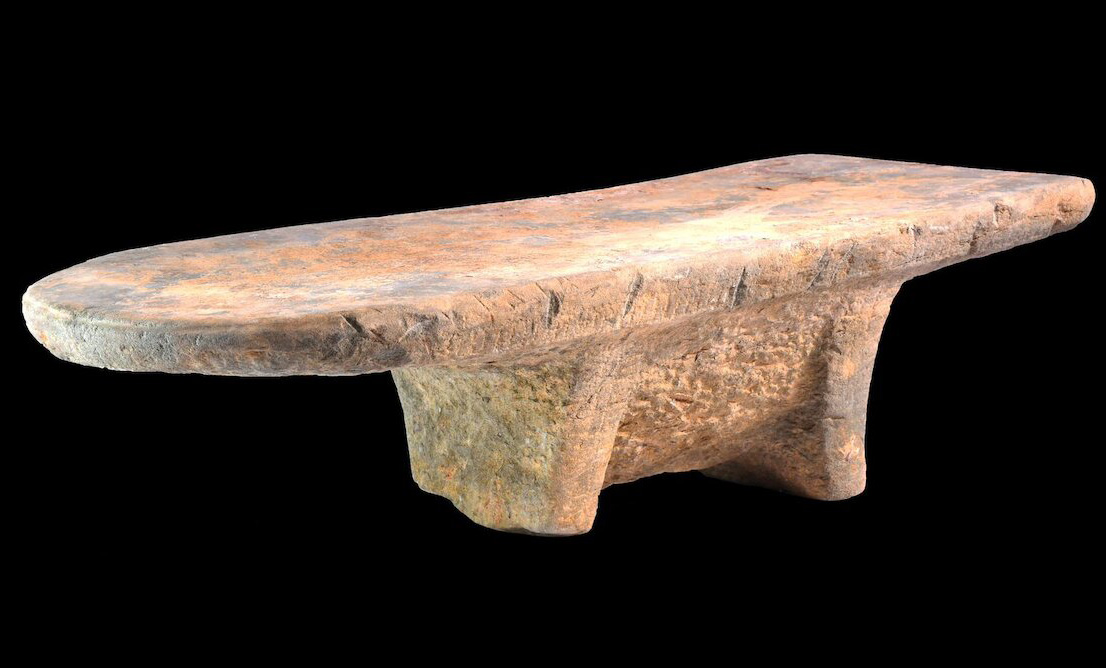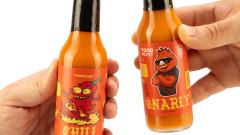2,000 Year-Old Curry Is Discovered In Southeast Asia

A seasoning cabinet is as common in households today as pots and pans, so we’re far removed from the bland days of the past. Just imagine life without garlic powder, though. A saltless reality might as well be hell. Speaking of flavor, new research has uncovered the ancient past of the spice trade.
According to Phys.org, in a paper published in Science Advances on July 21, research shows evidence of what may be the oldest known curry in Southeast Asia, and also the oldest ever found outside of India. Eight unique spices from different sources, likely used to make curry, were discovered at the Oc Eo archaeological complex in southern Vietnam.

Traceable remnants called “starch grains,” on excavated grinding and pounding tools were analyzed. There were 40 tools in total and spices like turmeric, ginger, fingerrot, sand ginger, galangal, clove, nutmeg, and cinnamon were found on twelve of them. A clear indication that the tools were used to prepare food.
One way the team measured the age of the Oc Eo site and tools is by using charcoal and wood samples from 29 separate dates. Another technique they used for figuring out the age was thermoluminescence dating, which measures the accumulation of radiation in an object over time. Both findings suggest that people lived in the Oc Eo archaeological complex between the 1st and 8th centuries CE. That means that nearly 2,000 years ago, spices were being traded globally.
Even 2,000 years ago curry was a hot commodity with a demand outside of India. It makes perfect sense considering the countless varieties of curry from countries around the world.






















